To travel to mekong delta efficiently, first-time visitors need straightforward information about entry points, transportation methods, and local logistics. This step-by-step overview will help you compare travel options and plan your journey with confidence, making your experience both smooth and enjoyable.
How to Travel to the Mekong Delta: Step-by-Step Overview and Transportation Options
Getting to the Mekong Delta: Main Entry Points
Most travelers start their trip to the Mekong Delta from Ho Chi Minh City. The main gateways into the delta include My Tho, which is especially popular for day trips, Ben Tre for those wanting a quieter introduction to river life, and Can Tho, the primary urban hub and your main portal to central delta adventures. Each of these destinations acts as a springboard for further exploration or organized tours—choose according to your desired immersion and time frame.
Transportation Methods: Road, Boat, Motorbike, and Air
By road: For affordable and straightforward access, several public bus companies offer frequent departures from Ho Chi Minh City to My Tho, Ben Tre, and especially Can Tho. These buses make travel to mekong delta towns easy and budget-friendly, while private cars or taxis suit those seeking comfort, privacy, or direct transfers to rural stays.
By boat: River cruises from Ho Chi Minh City or My Tho bring the Mekong right to you, combining transportation with scenic immersion. These boats meander along waterways, pausing at sights and workshops and even connecting you with welcoming riverside villages. You’ll also find local ferries—short crossings that link you to small islands or lesser-known communities for a unique travel to mekong delta experience.
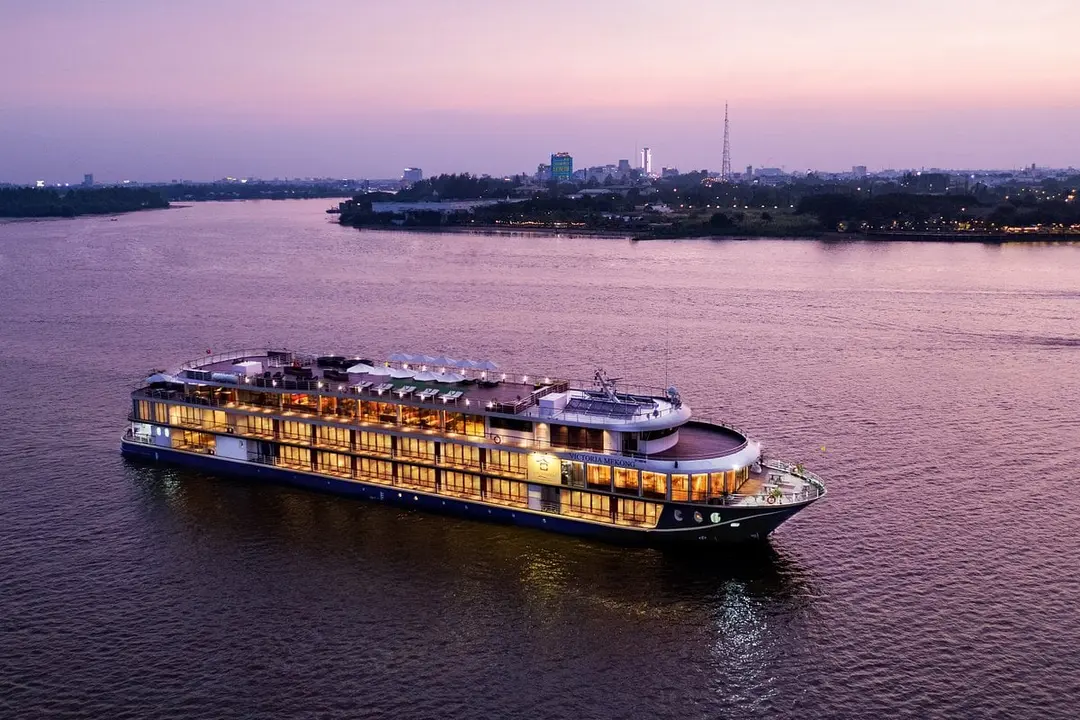
By motorbike: Adventurous travelers can rent a motorbike in Ho Chi Minh City and journey southwest, navigating both highways and tranquil country lanes. Motorbiking allows greater flexibility, access to remote rural ferries, and intimate glimpses of daily delta life—ideal if you want to personally shape your travel to mekong delta itinerary.
By air: While uncommon as the primary route, the airport in Can Tho welcomes domestic flights from Hanoi, Da Nang, and other cities. This is invaluable for travelers combining a visit with distant regions or seeking an efficient return trip after exploring the whole delta.
Recommended Itineraries for Various Durations
One-day tours: Ideal for travelers short on time or on their first travel to mekong delta, these excursions typically depart Ho Chi Minh City to My Tho or Ben Tre. Expect a lively boat trip along the river, visits to coconut candy workshops, and a chance to step inside local temples or pagodas.
Three-day itinerary: Suited for a more immersive travel to mekong delta, start by traveling from Ho Chi Minh City through My Tho and onward to Can Tho, using a mix of buses and boat rides through lush countryside. On day two, visit Can Tho’s famous floating markets and cycle quiet lanes. The third day takes you to Chau Doc and Tra Su Forest for a taste of borderland culture and wildlife before looping back to Ho Chi Minh City.
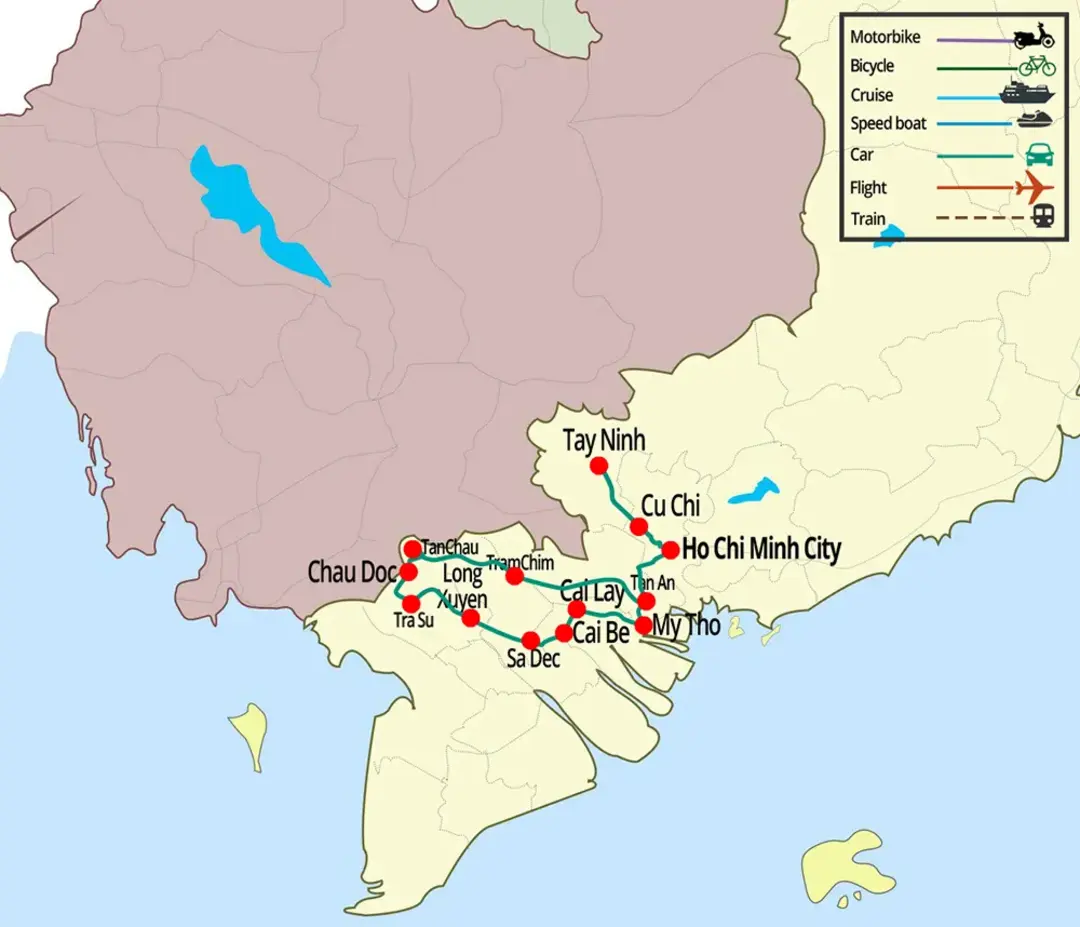
Four-day itinerary: For those seeking an extensive travel to mekong delta journey, try this route: Day 1, Ho Chi Minh City to My Tho, stopping at the mysterious flooded forest of Xeo Quyt and overnighting in Cao Lanh. Day 2, tour Cao Lanh and Sa Dec’s nostalgic lanes before heading to Can Tho for market adventures. Day 3, reach Chau Doc, then on Day 4, cross to Phnom Penh by speedboat. This plan uncovers Mekong Delta highlights along with hidden gems.
Best Time to Visit the Mekong Delta
The prime window to travel to mekong delta is from November to April, coinciding with the dry season. Expect less rain, pleasant temperatures, and lively floating market scenes—especially appealing for first timers wanting to avoid disruption or flooding. Although rain is less frequent in this period, always check local events as some festivals or market dates may affect your visit.
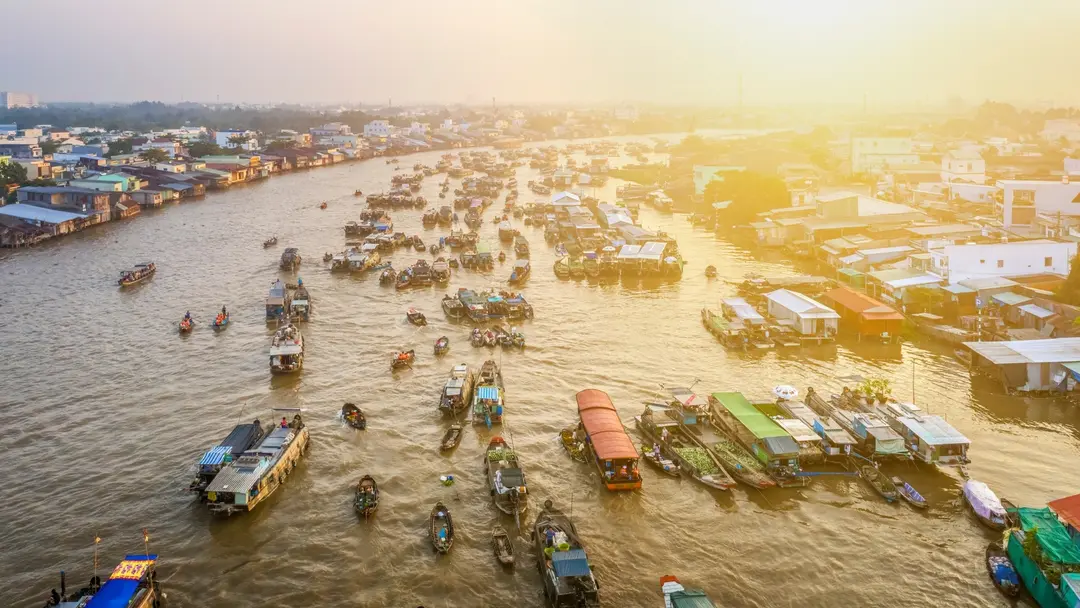
Must-See Attractions and Activities
No travel to mekong delta is complete without experiencing the Cai Rang and Cai Be floating markets. Early morning is best, as boats laden with fresh produce converge in a vibrant spectacle of commerce and color.
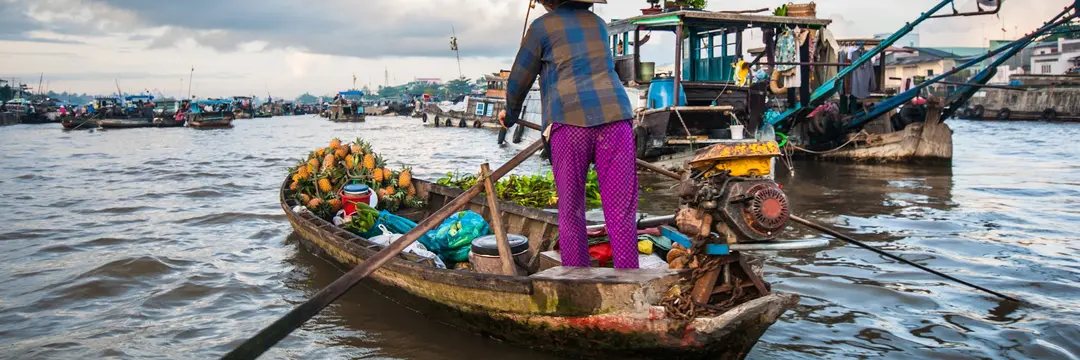
Add a natural escape at Tra Su Cajuput Forest, near Chau Doc, where you can journey by sampan through green-flooded forests alive with birdlife and rare flora.
Don’t miss the intricate Vinh Trang Pagoda in My Tho, regarded for its architecture mixing Vietnamese, Chinese, and European elements.
Continue your travel to mekong delta by participating in traditional coconut candy-making at Ben Tre’s villages, and glimpse age-old crafts in action.
For a truly local vibe, take a short ferry or rent a bicycle to wander the small islands—far from crowds, you’ll savor the lush fruit orchards and meet friendly villagers.
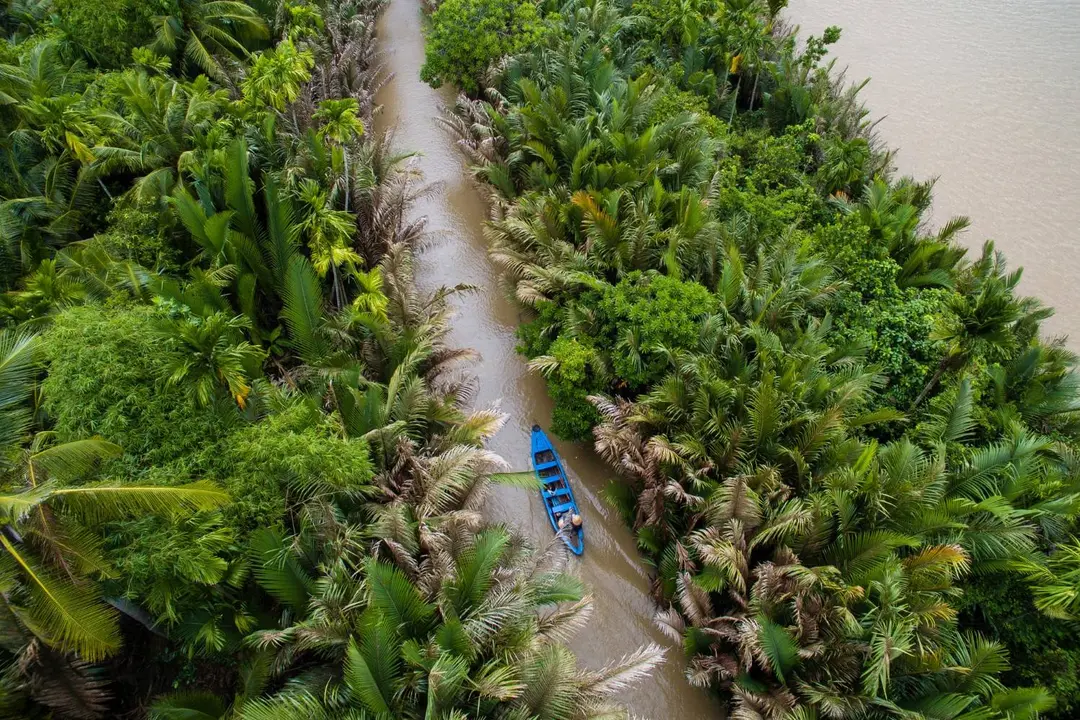
Enjoy river cruises tailored to all budgets and tastes: from comfortable luxury ships that wind between towns to sturdy local sampans ideal for short excursions.
Whether you’re traveling for food or curiosity, tasting local dishes is essential during your travel to mekong delta: try crispy bánh xèo pancakes, steaming hủ tiếu soup, caramelized cá kho tộ, and famous coconut treats.
Don’t forget about rewarding side trips: jump to Phu Quoc island for pristine beaches or head to Can Gio Biosphere Reserve for wildlife, monkeys, and mangrove forests.
Travel Tips and Safety Advice
When you travel to mekong delta, always pack and use insect repellent. Mosquitoes are common, especially in rainy months or near rivers, so protect yourself in rural or forested areas.
Stick to bottled water—tap water is not drinkable across the region. Hydration is key in the delta’s hot, humid climate.
Bring cash for market stalls, ferries, or rural shops; while ATMs are found in larger towns, they’re sparse elsewhere.
Ferries—both large and small—are generally reliable, helping make your travel to mekong delta seamless even when crossing to tiny islands. Still, basic crossings may lack amenities.
Pack light, breathable clothing and strong sun protection, as temperatures remain high year-round. A reusable raincoat or light jacket is handy during the wet season.
Where to Stay: Accommodation Options
During your travel to mekong delta, accommodation suits every travel style. Small-town hostels and guesthouses cater to backpackers and budget travelers, while mid-range hotels can be found in urban centers like Can Tho or Chau Doc.
For a deeper cultural experience, book a village homestay—these provide home-cooked meals, a firsthand glimpse of family routines, and sometimes even cooking lessons with fresh local ingredients.
Unique floating hotels and eco-lodges dot riversides near Can Tho, Chau Doc, and less-touristed river branches. These eco-friendly stays often include stilted chalets or floating bungalows—memorable options for any travel to mekong delta.
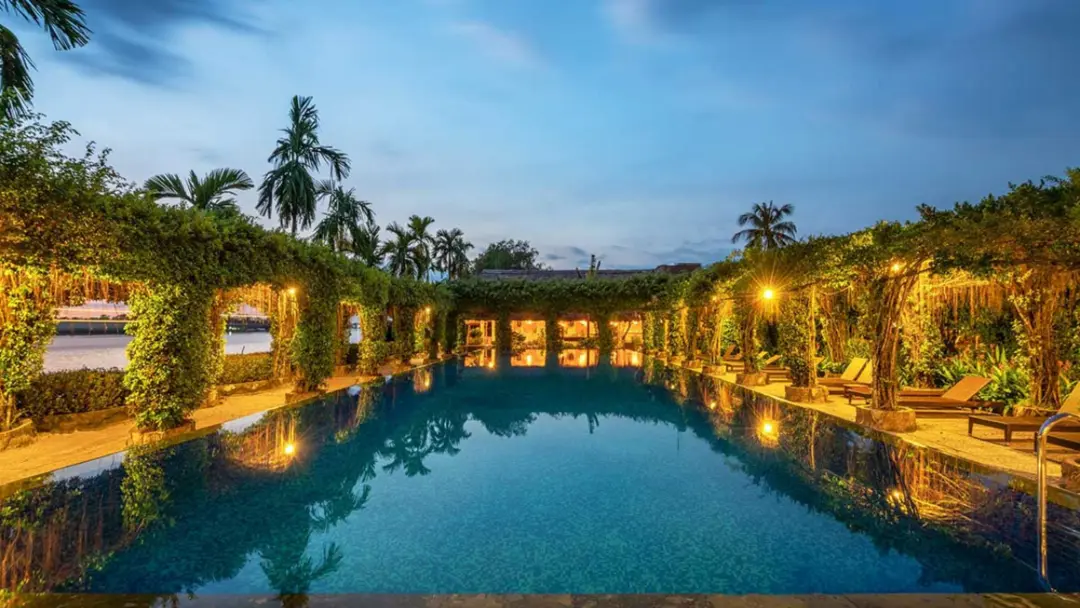
Local Customs and Cultural Highlights
When you travel to mekong delta, remember that water is the heartbeat of daily life—here, boats frequently replace cars for local errands and market runs.
Dress conservatively, especially in small villages or when touring sacred sites. Shoulders and knees should be covered at temples.
At floating markets, bargaining is a friendly and expected part of shopping culture—smile and enjoy the exchange.
A simple ‘xin chào’ (hello) with a smile opens many doors and is always appreciated by Mekong dwellers.
Tap into local tradition: sample fruits right from a vendor’s boat or join a communal meal—often the highlight of slow-paced delta life.
